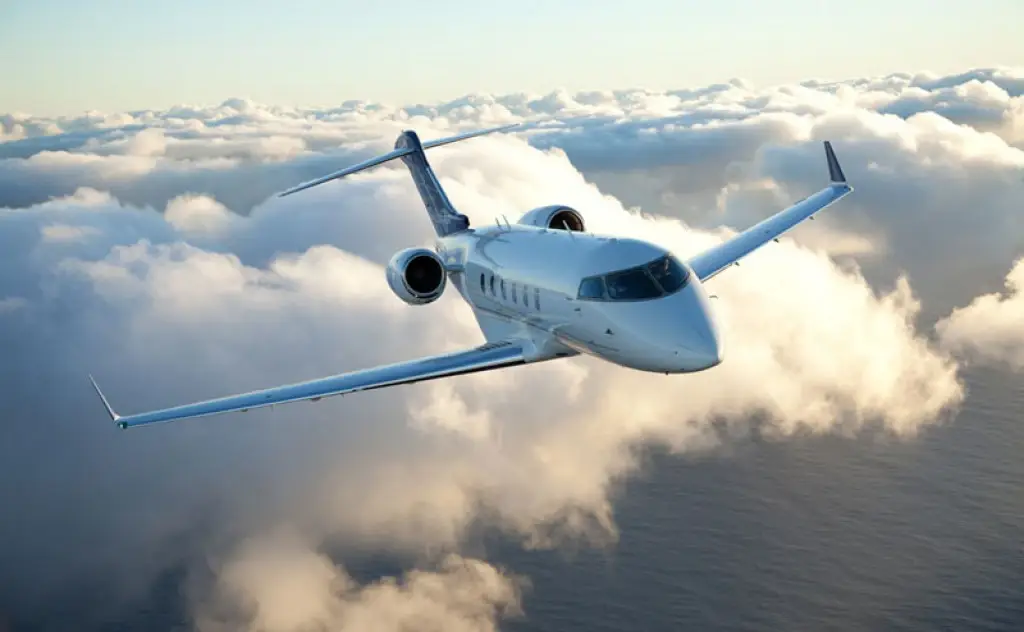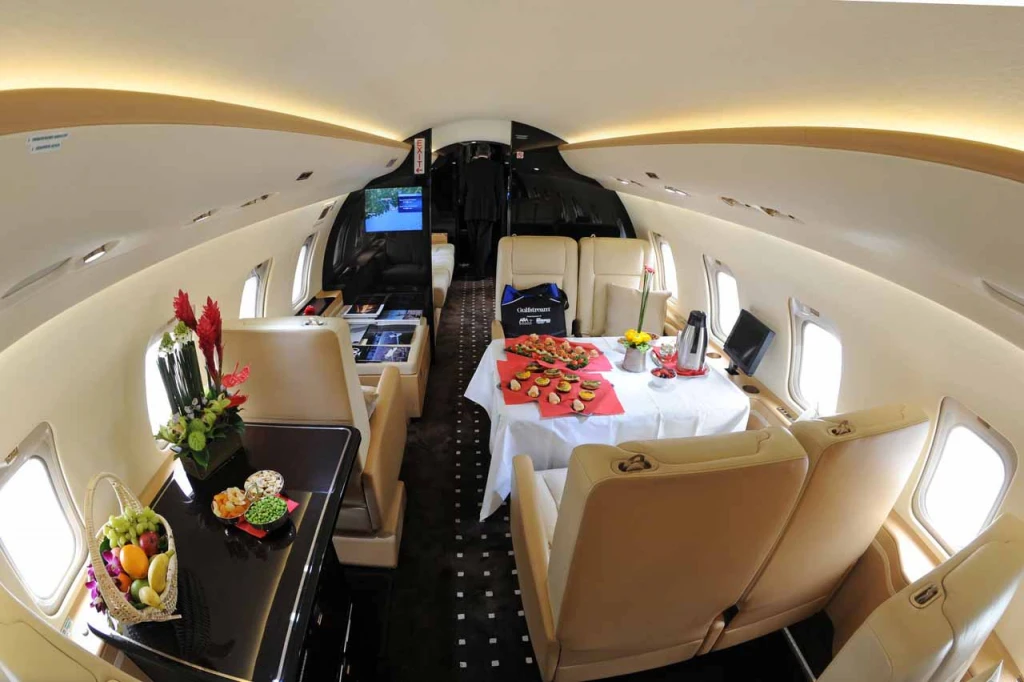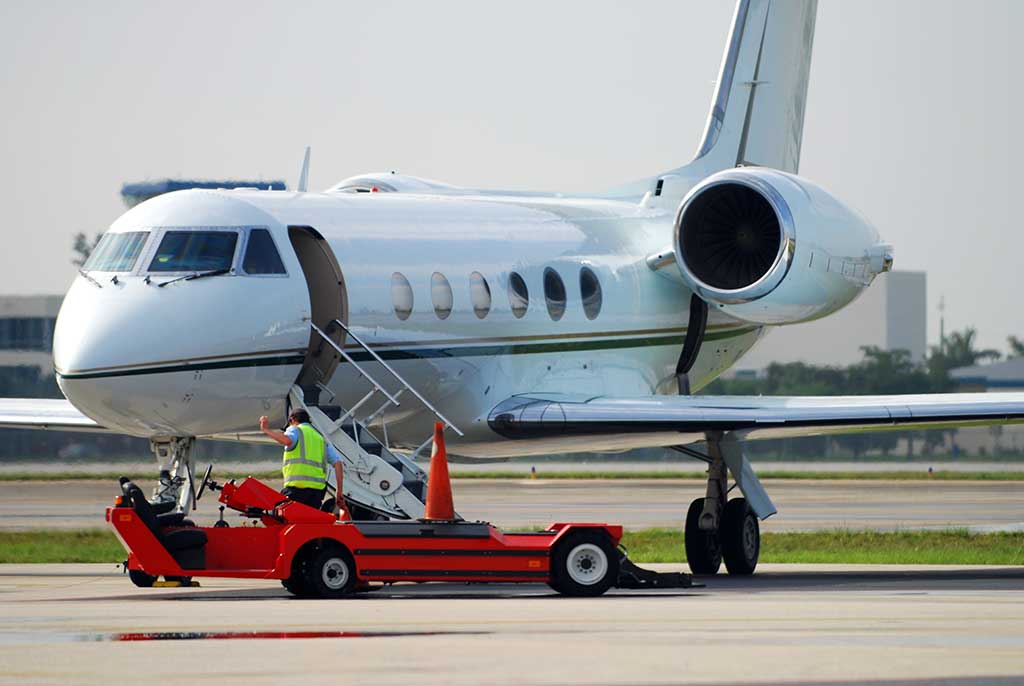Progress Eagle has been designed to utilize technologies which do not currently exist, and won’t do until the end of the century. From the outset the design is nothing short of b
There have been numerous promises of futuristic aviation developments which could drastically alter the industry, or even the world.
Windowless supersonic jets were designed and the US Military invested in a new breed of micro-sized nano drones. Aircraft running purely on electricity are already in advanced stages of testing. Elon Musk is planning to send men to Mars and set up a sustainable community there. One exciting position on the list of impressive aviation projects is Oscar Viñals’ super-eco jet.

If the name rings a bell, it’s because this isn’t his first ambitious creation. Oscar Viñals is also responsible for the AWWA Sky Whale, a concept plane that turned heads with its unique design and sheer size. The shape of its main body resembles a whale, and despite three floors of seating the wingspan is comparable to that of the Airbus A380. Thanks to its rotatable engines, Sky Whale doesn't need a lengthy runway. Remarkably, a near-vertical take-off is actually a realistic prospect. The engines use a combination of electricity and regular fuel significantly reducing its carbon emissions.
Futuristic Design and Cutting-Edge Technology
The Sky Whale’s conceptual unveiling was well received, and the designer Oscar Viñal soon presented another super jet. Sticking to the animal theme, it was named Progress Eagle. In some ways it's similar to the previous model, yet whilst the Sky Whale was invented for use in around 15 years’ time, AWWA-QG Progress Eagle relies on technologies which don't exist yet so it will still take time before it starts operating.

Unlike traditional aircraft, the Progress Eagle is three stories tall packing enough space for a stunning 800 passengers. Six hydrogen fuel engines power this behemoth of a jet, keeping it as eco-friendly as possible. Thanks to a special rear wind generation, the rear engine works as a wind turbine providing electricity back into the plane itself. This simple concept, aimed at prolonging flight ranges, would also lower the costs. Micro radio wave harvesters and solar panels installed on the roof would be an additional source of power.

The aerodynamics are led by an air intake diffuser that helps reduce drag, whilst quantum solar cells arranged hexagonally on the roof are not only practical but also provide a futuristic aesthetic. In total, the aircraft releases no contaminant emissions whatsoever. In terms of sound pollution, the aircraft produces 75% less noise than average models. Being convenient for those located nearby airports, this would also make round-the-clock flights easier in the future.
Despite the Progress Eagle's size, its wings are ultra-slim. With the wingspan of 315ft – by far the widest in existence by today’s standards – the wings seem disproportionately slim. Yet it's a T-design, which means they can even fold when coasting around runways. An eclectic mix of materials such as carbon fiber, graphene, ceramic, aluminum, titanium and shape-memory alloy give the plane a well-considered balance.

Superb Flying Experience
The technology is definitely impressive in this awe-inspiring model but what will it be like to fly in Progress Eagle?
Three decks on board leave plenty of space for first-class, business, and economy passengers. In an industry first, the Progress Eagle is set to introduce the aptly-named pilot’s class section. As the name suggests, some passengers would be seated where the pilot traditionally sits (with the actual pilots being moved to the second level). At the very front of the plane, they would enjoy panoramic views of the skies and have access to the most advanced technological entertainment mediums. The first class of first-class, so to say.
So when could we see the Progress Eagle in action? Not for a while yet, sadly. Much of the technology required is not yet available, and many other aspects need plenty of fine-tuning before all parts will be available. With the design merely at the concept stage, we might have to wait decades or a century before it's anywhere near to being constructed.
In addition to the technical factors, the monstrous size of the jet makes it a monumental investment which would need the backing of a premium airline for a realistic chance to be manufactured. Whilst there may be no sight of the Progress Eagle in the imminent future, there is no doubt that its revolutionary scope and eco-friendly outlook would be welcomed in the future of aviation. For now, the Eagle is a work in progress.








